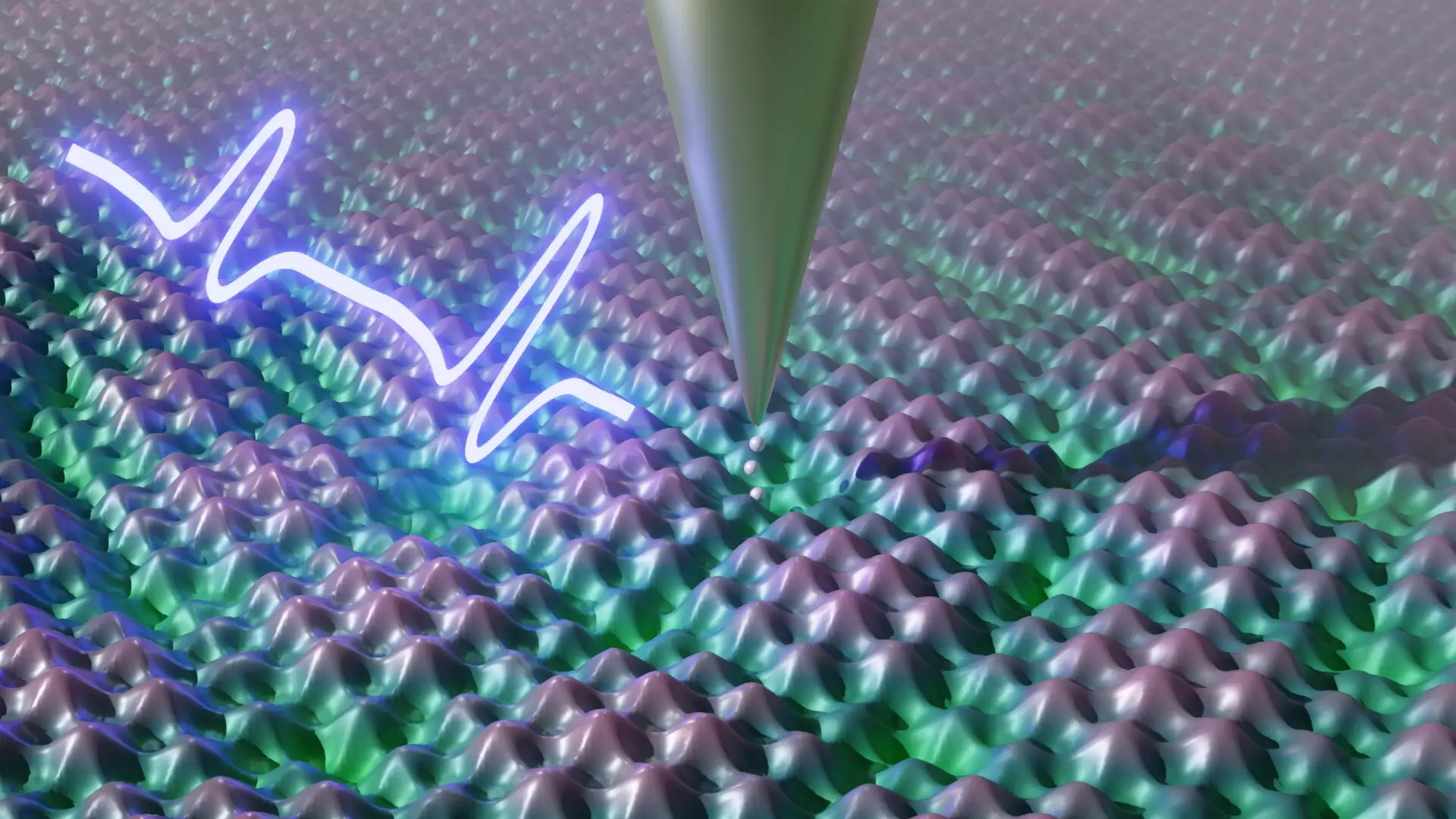Quantum microscopy is a cutting-edge technology that is revolutionizing our understanding of electron movement at the atomic level. Led by Professor Sebastian Loth and his team at the University of Stuttgart, this breakthrough method offers unprecedented spatial and temporal resolution, allowing scientists to observe phenomena that were previously invisible.
The movement of electrons in solids plays a crucial role in determining their macroscopic properties. In more advanced materials produced in laboratories, even minimal changes at the atomic level can lead to drastic changes in behavior. For example, materials can transition from insulators to superconductors, conducting electricity without heat loss. Understanding these rapid changes, which occur within picoseconds, is essential for developing new materials with desired properties.
Loth’s research group focused on studying the collective motion of electrons in a charge density wave in a material composed of niobium and selenium. By introducing a single impurity and applying an ultra-short electrical pulse lasting just one picosecond, they were able to observe the impact on electron motion at the atomic scale. This innovative approach allowed them to investigate how impurities influence the behavior of electron collectives, providing key insights for material design.
To achieve high spatial and temporal resolution in quantum microscopy, Loth’s team combines a scanning tunneling microscope with pump-probe spectroscopy. This unique combination enables them to visualize materials at the atomic level while capturing rapid changes in electron behavior. However, achieving such precision requires a meticulously shielded laboratory setup to eliminate vibrations, noise, and fluctuations that could distort the measurements.
The ability to observe electron movement with unprecedented detail opens up new possibilities for designing materials with tailored properties. By understanding how impurities affect electron behavior, scientists can manipulate materials at the atomic level to achieve specific technical effects. This knowledge could lead to the development of ultra-fast switching materials for future sensors and electronic components, paving the way for advanced technologies.
Quantum microscopy represents a groundbreaking advancement in the field of material science, offering insights into electron behavior at the atomic scale. Prof. Sebastian Loth and his team’s research at the University of Stuttgart is at the forefront of this technological revolution, providing a deeper understanding of how materials function and paving the way for innovative applications in various industries. The ability to observe and manipulate electron movement with unrivaled precision holds immense potential for shaping the future of materials research and technological development.


Leave a Reply